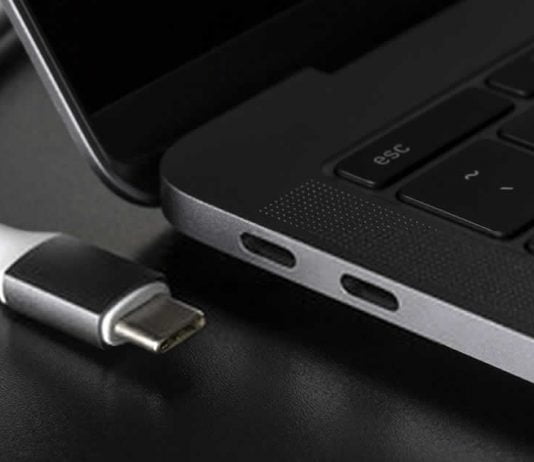USB-C gets a new improvement. The new EPR standard for USB-C 2.1 will allow loads of up to 240W, a 140W power delivery improvement over the previous generation.
The USB-IF, the association in charge of developing and applying the new USB connectivity standards, has announced a revision to the USB-C standard. Specifically, it has announced the EPR (Extended Power Range) standard applied to USB-C 2.1.
With this improvement, the charging power capable of supporting USB-C with this new standard goes from 100W to 240W. It is more than double the capacity, allowing you to charge an entire laptop without the need for dedicated adapters.
This may not mean much to many, since for practical purposes, laptops are already loaded with USB-C, as it happens with MacBooks. The problem is that to load large computers that exceed 14 inches, manufacturers are forced to include an adapter to supply that extra power.
Also, the new standard opens the door for us to charge our laptop with a simple USB-C cable, without the need for adapters — any laptop also compatible with the standard, whether large or medium format.
In Specification Revision 2.1, the committee explains that in the future, up to 240 watts should be used with the Extended Power Range. The EPR is designed for 5 amps at 50 volts.
Corresponding cables and plugs do not yet exist, and changes are necessary to prevent dangerous scenarios — the USB-IF stipulates that the active EPR cables are electronically marked and provided with a visible logo.
Unfortunately, this standard does not automatically mean that future devices will be USB-C EPR compliant. We will have to wait for manufacturers to implement it little by little and for compatible chargers and cables to be standardized to take full advantage of it.
